If you've ever wondered how metal parts and products are made, you may have heard of die casting machines. These machines are a vital component of many manufacturing processes, particularly in the automotive and aerospace industries. In this article, we'll explore what a die casting machine is, how it works, and its various applications.

Table of Contents
What is Die Casting?
How Does a Die Casting Machine Work?
Types of Die Casting Machines
Advantages of Die Casting Machines
Disadvantages of Die Casting Machines
Applications of Die Casting Machines
Choosing the Right Die Casting Machine
Maintaining Your Die Casting Machine
Safety Considerations When Operating a Die Casting Machine
Environmental Impacts of Die Casting Machines
Innovations in Die Casting Technology
Future of Die Casting Machines
Conclusion
FAQs
What is Die Casting?
Die casting is a manufacturing process used to produce metal parts and products by forcing molten metal into a mold, also known as a die. The process involves applying high pressure to the metal using a hydraulic or mechanical press, which forces the metal to take on the shape of the die. Once the metal has cooled and solidified, the die is opened and the finished product is removed.
Get a FREE quote of Aluminum, Zinc/Zamak die casting mold/die, pls. email us: cnkylt@aliyun.com
Get a FREE quote of Aluminum die casting products, pls. email us: cnkylt@aliyun.com
How Does a Die Casting Machine Work?
A die casting machine is a piece of equipment that is used to carry out the die casting process. The machine consists of two main parts: the injection system and the clamping unit.

The injection system is responsible for melting and injecting the metal into the die. This is achieved by heating the metal to its melting point in a furnace, then using a plunger to force the molten metal into the die cavity.
The clamping unit holds the two halves of the die together and applies the necessary pressure to the metal during the casting process. The unit consists of a fixed platen and a movable platen, which are operated using hydraulic or mechanical power.

Types of Die Casting Machines
There are two main types of die casting machines: Hot chamber machines and Cold chamber machines.
Hot chamber machines are used for metals with low melting points, such as ZAMAK/Zinc, Tin, and Lead. These metals can be melted in the injection system itself, which is permanently immersed in a bath of molten metal. This makes the process faster and more efficient.
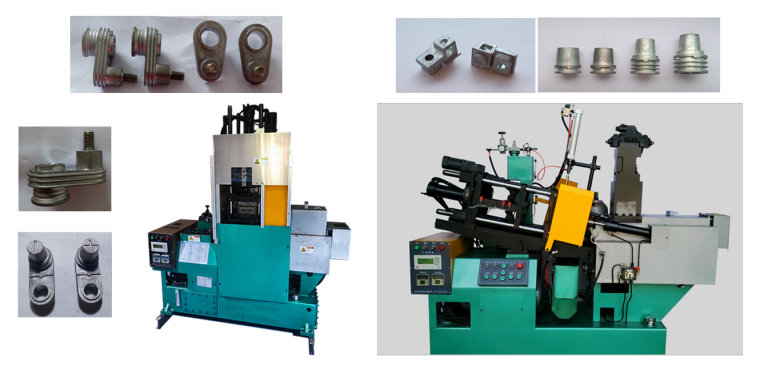
Cold chamber machines are used for metals with high melting points, such as Aluminum, Magnesium, and Copper. In these machines, the injection system is separate from the furnace, which is used to melt the metal. The molten metal is then transferred to the injection system using a ladle or other device.
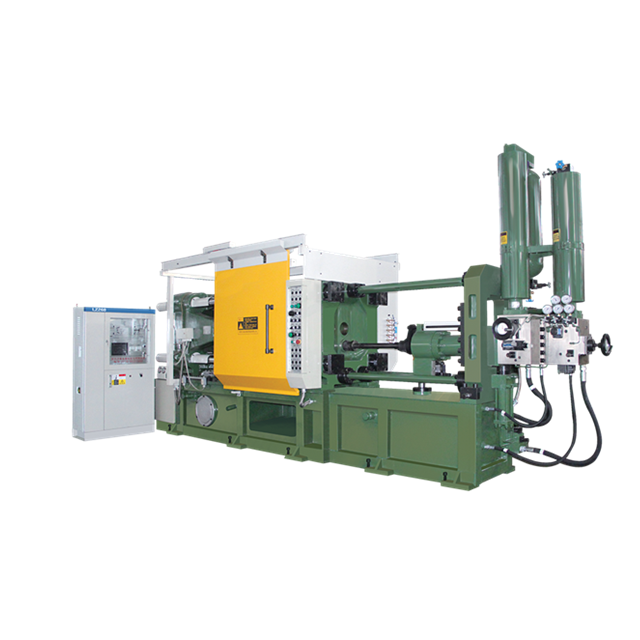
Advantages of Die Casting Machines
Die casting machines offer several advantages over other manufacturing processes, including:
High production rates: Die casting machines can produce large quantities of parts quickly and efficiently, making them ideal for mass production.
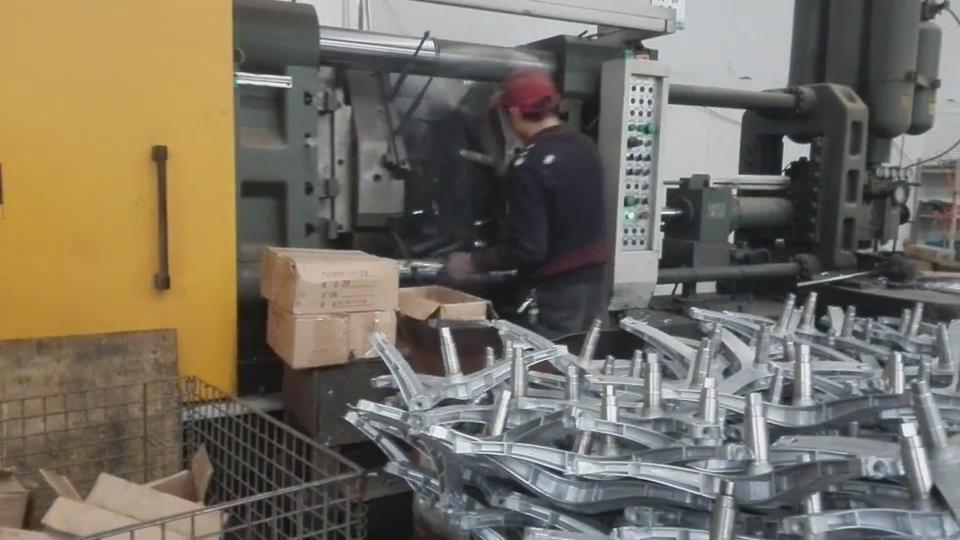
Consistency and accuracy: The use of dies ensures that each part produced is identical to the last, with a high degree of accuracy and precision.
Design flexibility: Die casting machines can produce complex shapes and designs with ease, allowing for greater design flexibility.
Durability: Metal parts produced using die casting machines are typically stronger and more durable than those produced using other methods.
Disadvantages of Die Casting Machines
Despite their many advantages, die casting machines also have some drawbacks, including:
High start-up costs: Die casting machines can be expensive to purchase and set up, particularly for small businesses or those producing low volumes of parts.
Limited material selection: Die casting machines are typically limited to a narrow range of metals and alloys, which can restrict the types of parts that can be produced.
Complexity: The die casting process is complex and requires skilled operators and maintenance personnel to ensure consistent and high-quality production.
Applications of Die Casting Machines
Die casting machines are used in a wide range of industries and applications, including:
Automotive & Electric Vechicle: Die casting is used to produce a variety of automotive parts, including engine blocks, transmission housings, and suspension components.

Aerospace: The aerospace industry relies on die casting machines to produce lightweight yet strong parts for aircraft and spacecraft.
Consumer goods: Die casting is used to produce a variety of consumer goods, including toys, kitchenware, and electronics components.
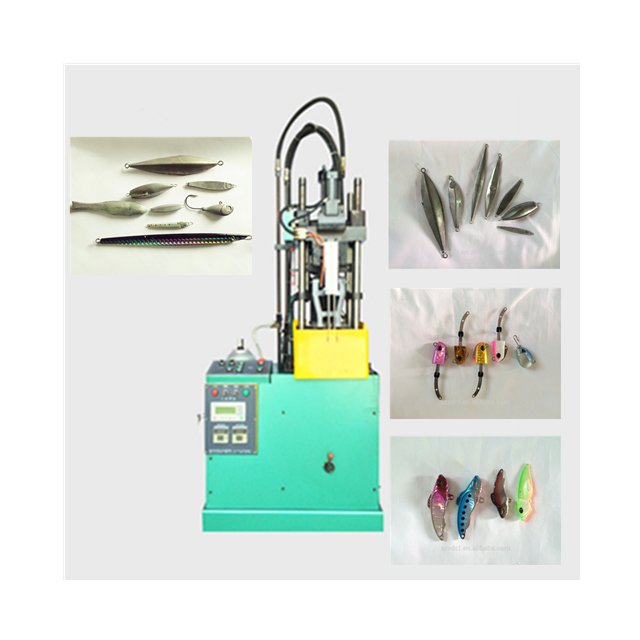
Construction: Die casting is used to produce parts for construction equipment, such as bulldozers, cranes, and excavators.
Medical: Die casting is used to produce medical devices and equipment, such as prosthetic limbs and surgical instruments.
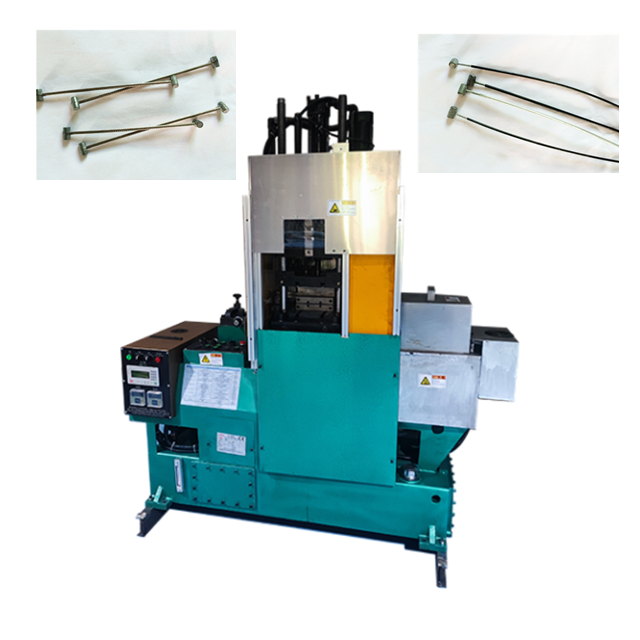
Choosing the Right Die Casting Machine
When choosing a die casting machine, there are several factors to consider, including:
Production volume: The size and capacity of the machine should be appropriate for the volume of parts to be produced.
Metal type and alloy: Different machines are designed for different types of metals and alloys, so it's important to choose the right machine for the job.
Production speed: The production speed of the machine should match the needs of the business, with faster machines being more expensive but potentially more profitable in the long run.
Maintaining Your Die Casting Machine
To ensure consistent and high-quality production, it's important to maintain your die casting machine regularly. This includes:
Cleaning and lubricating the machine regularly to prevent wear and tear.
Replacing worn or damaged parts as needed to maintain optimal performance.
Conducting regular inspections and maintenance checks to identify and address potential issues before they become serious.
Safety Considerations When Operating a Die Casting Machine
Operating a die casting machine can be hazardous, and it's important to take proper safety precautions to minimize the risk of injury or accidents. These include:
Providing proper training and protective gear to operators and maintenance personnel.
Ensuring that the machine is properly maintained and inspected regularly.
Posting warning signs and safety instructions in visible locations around the machine.
Environmental Impacts of Die Casting Machines
Like any manufacturing process, die casting machines can have environmental impacts. These include:
Energy consumption: Die casting machines require significant amounts of energy to operate, which can contribute to greenhouse gas emissions.
Waste generation: The production of metal parts can generate waste materials, including scrap metal and metal dust, which can be difficult to dispose of safely.
To minimize the environmental impacts of die casting machines, businesses can:
Implement energy-saving measures, such as using more efficient machinery or renewable energy sources.
Implement waste reduction and recycling programs to minimize waste generation and maximize resource efficiency.
Innovations in Die Casting Technology
Advancements in technology have led to new and improved die casting machines and processes. These include:
High-pressure die casting (HPDC): HPDC machines use higher pressure to produce stronger and more complex parts.
Multi-slide die casting: Multi-slide machines use multiple slides to produce parts with complex geometries.
Vacuum die casting: Vacuum die casting machines use a vacuum to remove air from the die cavity, which can produce higher-quality parts with fewer defects.
Now, the Servo die casting machines are popular used to save energy. In Servo Drive Cold Chamber Die Casting Machine, Servo Motor used to drive the die casting machine and conserve energy, which help die casting factory to save money. It is the key character of servo pressue die casting machine.
The Servo dirven cold chamber die casting machine extra working process consists: Pressure instruction unit, Pressure feed back unit, Discharge instruction unit, CRN open, Speed feedback unit.
More information about Servo Drive Cold Chamber Die Casting Machines, please email us: cnkylt@aliyun.com

Future of Die Casting Machines
As technology continues to advance, it's likely that die casting machines will become even more efficient, precise, and versatile. Some potential future developments include:
The use of artificial intelligence and machine learning to optimize production processes and reduce waste.
The development of new and improved materials for die casting, such as lightweight alloys or sustainable materials.
The use of additive manufacturing technologies, such as 3D printing, to produce molds and tooling for die casting.
Conclusion
Die casting machines are essential tools for producing high-quality metal parts for a wide range of applications and industries. By understanding the key features and considerations involved in choosing, maintaining, and operating these machines, businesses can optimize their production processes and ensure consistent, high-quality output while minimizing their environmental impact.
FAQs
What is the difference between cold chamber and hot chamber die casting machines?
Cold chamber die casting machines are used for metals with high melting points, such as aluminum and copper, while hot chamber die casting machines are used for metals with low melting points, such as zinc and magnesium.
How does the die casting process work?
The die casting process involves injecting molten metal into a mold, where it cools and solidifies into the desired shape.
What materials can be used in die casting?
A wide range of materials can be used in die casting, including aluminum, zinc, magnesium, and copper alloys.
What are some common applications of die casting machines?
Die casting machines are used to produce parts for a variety of industries and applications, including automotive, aerospace, consumer goods, construction, and medical.
How can businesses reduce the environmental impact of die casting machines?
Businesses can implement energy-saving measures, waste reduction and recycling programs, and explore the use of sustainable materials to minimize the environmental impact of die casting machines.Related Metal Casting Machinery:
Die Casting Machines type:
· Battery Spine Die Casting Machine
· Cold Chamber Die Casting Machine
· Hot Chamber Die Casting Machine
· Vertical Die Casting Machine
Die casting machines' classification by materials:
· Aluminum Die Casting Machine
· Magnesium Die Casting Machine
Die casting machines' application:
· Auto Parts Die Casting Machines
· Kitchen &Household Parts Die Casting Machines
· Lamps Light Parts Die Casting Machines
· Electric Vehicle Spare Parts Die Casting Machines
· Hardware, Jewelry, Clothing Accessories Die Casting Machines
· Tel-Communication Equipment Parts Die Casting Machines
· Garden Machinery & Electric Tools Parts Die Casting Machines
· Lead Acid Battery Terminal Bushing, Battery Positive Spine Grid Die Casting Machines
· Fishing Sinker Die Casting Machines
· Other
评论
发表评论